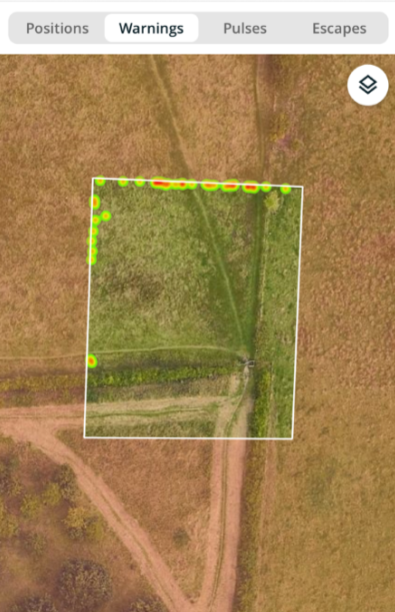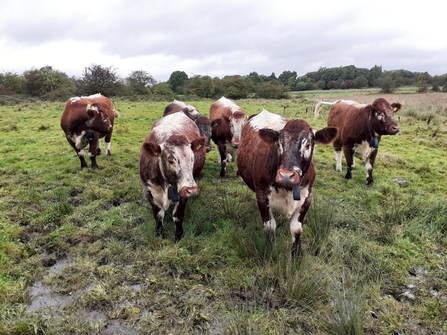Tufted vetch & meadow vetchling at Cutacre reserve
Cutacre Nature Reserve, managed by the Lancashire Wildlife Trust, is undergoing a transformation from an overgrazed grassland into a haven for wildlife. At the heart of this conservation success is our rare-breed herd of English Longhorn cattle, which graze the reserve in a sustainable manner. The introduction of innovative No Fence collars, in Spring this year, has further elevated our conservation efforts, allowing us to closely monitor and manage the cattle's activities with precision. The cattle have now gone off to pastures new for the winter, before returning to Cutacre next spring and this has given us the chance to stop and reflect on our first year with the new technology…



